The stack is "implemented" by means of the stack pointer, which points into the stack segment. Every time something is pushed on the stack (by means of pushl, call, or a similar stack opcode), it is written to the address the stack pointer points to, and the stack pointer decremented (stack is growing downwards, i.e. smaller addresses). When you pop something off the stack (popl, ret), the stack pointer is incremented and the value read off the stack.
For different function calls, we reserve space for local variables in the stack, so we decrement it and get the space. This is usually done using prologue and epilogue.
Prologue
A function prologue typically does the following actions if the architecture has a base pointer (also known as frame pointer) and a stack pointer (the following actions may not be applicable to those architectures that are missing a base pointer or stack pointer) :
- Pushes the old base pointer onto the stack, such that it can be restored later (by getting the new base pointer value which is set in the next step and is always pointed to this location).
- Assigns the value of stack pointer (which is pointed to the saved base pointer and the top of the old stack frame) into base pointer such that a new stack frame will be created on top of the old stack frame (i.e. the top of the old stack frame will become the base of the new stack frame).
- Moves the stack pointer further by decreasing or increasing its value, depending on whether the stack grows down or up. On x86, the stack pointer is decreased to make room for variables (i.e. the function's local variables).
Epilogue
Function epilogue reverses the actions of the function prologue and returns control to the calling function. It typically does the following actions (this procedure may differ from one architecture to another):
- Replaces the stack pointer with the current base (or frame) pointer, so the stack pointer is restored to its value before the prologue
- Pops the base pointer off the stack, so it is restored to its value before the prologue
- Returns to the calling function, by popping the previous frame's program counter off the stack and jumping to it

